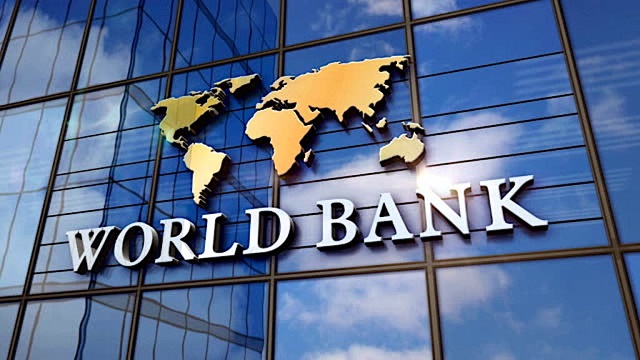An official of the World Bank on Wednesday urged Ghana to use public-private partnerships (PPP) to bride its road infrastructure gap and boost investor confidence in the country.
World Bank Country Director for Ghana, Liberia, and Sierra Leone Robert Taliercio made this call during the 50th anniversary celebration of the Ghana Highway Authority.
“Road infrastructure must be a viable proposition to boost investor confidence and attract private sector participation, despite challenges such as high costs, country risks, and counterparty creditworthiness,” Taliercio noted.
He stressed the need for sustainable and safe road infrastructure as a vital necessity for Ghana’s economic growth, social inclusion, competitiveness, and overall wellbeing.
The official said that at the moment, Ghana needs at least 10 billion U.S. dollars for the replacement of its road network, conceding that the government alone cannot finance road infrastructure investment. “Thus, PPPs and alternative financing, such as blended finance and credit enhancements, are critical to complement public financing.”
The world bank official nevertheless lauded Ghana for its road assets that exceeded the regional average.
Moreover, Taliercio said Ghana has the second-largest project pipeline for roads in West Africa and 38th globally when measured in terms of the total US dollar value of all ongoing projects.
He urged the West African country to enhance its traditional approach of using road user charges for the Road Fund with diversified income sources to raise additional revenue for road maintenance.
On his part, Ghanaian Vice President Mahamudu Bawumia agreed with the World Bank official that PPPs offer a viable alternatives for augmenting public financing for road infrastructure.
“To foster successful partnerships, it is essential to build strong relationships with construction firms, engineering companies, and technology innovators who can provide both financial support and valuable expertise,” Bawumia added.
He pledged, “Our government stands ready to lead this effort in working with all stakeholders to transform our infrastructure landscape. Together, we can pave the way for a brighter, more connected future.”

